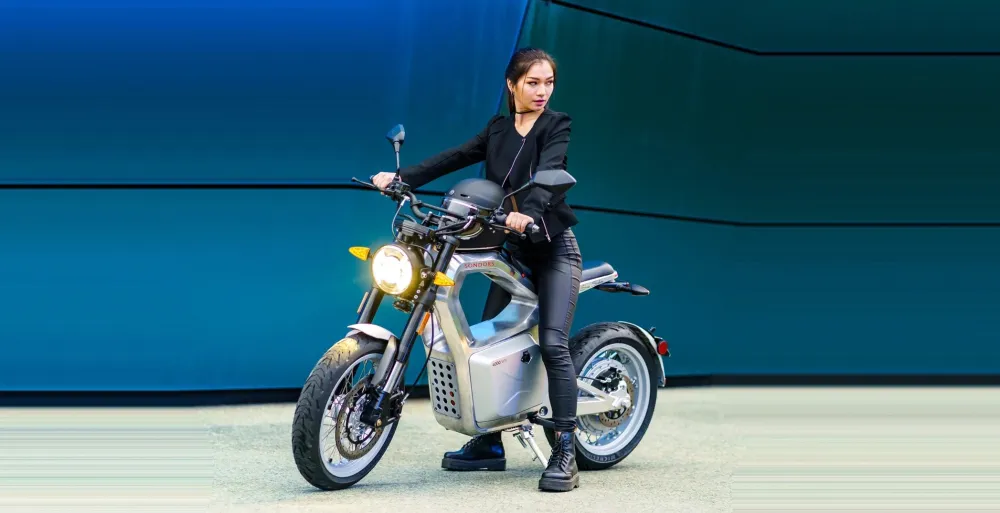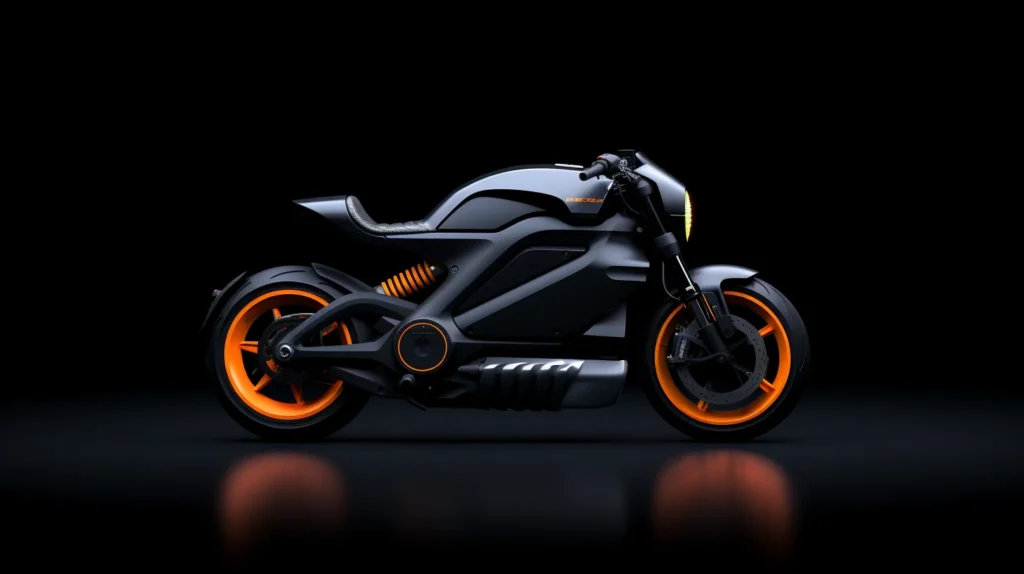As the cost of gas skyrockets, the demand for affordable transportation drives the rapid adoption of electric bikes. Analytical studies reveal that e-bikes are outpacing other electric vehicles in market penetration on the continent. This surge in popularity can be largely attributed to the flourishing e-commerce and delivery sectors, which rely on cost-effective transportation solutions. In bustling urban centers, where the daily workforce is expanding rapidly, lightweight and battery-powered e-bikes are emerging as a highly sought-after mode of transportation.
In 2021, the worldwide market for electric bikes was valued at US$ 45.75 billion, with projections expecting it to escalate to US$ 109.53 billion by 2030 – an annual growth rate of approximately 10%. Astute Analytica data reveals that the Middle East and Africa’s eBike market, valued at USD 822.22 million in 2021, is expected to soar to US$ 1.7 billion by 2029.
According to a BloombergNEF analysis, 275 million electric motorcycles, tuk-tuks, mopeds, and scooters are currently being used worldwide. In fact, 42% of the two- and three-wheelers sold last year were electric, surpassing the numbers of electric passenger vehicles, vans, trucks, and buses combined. Asia is the largest market for these vehicles, with China leading the way. In the past six years, China has experienced a significant surge in sales, registering around 9.5 million new two-wheel electric vehicles in 2021 alone. However, other countries also witnessed the rise of electric two- and three-wheelers.
Asia is an ideal region for these vehicles due to various factors. Geographically, densely populated cities and the relatively warm climate allowing year-round riding (though the rainy season can pose challenges) contribute to their popularity. Economically, two-wheelers are a preferred mode of transportation in middle-income countries due to their cost-effectiveness compared to cars and trucks.

Image source: electrek
Global Fleet (GF) reports that UN agency projections indicate a 50% boom in sales of both electric and conventional two- and three-wheeled motorcycles by 2050. In Kenya alone, UNEP projects a threefold increase of motorcycles to five million within this decade, spurred by services such as ARC. According to UNEP’s Emob calculator, a worldwide transition to electric motorcycles could thwart the emission of 11 billion tonnes of carbon dioxide, twice the annual energy-related emissions of the US.
Although adopting electric two-wheelers may face slower growth in Europe and North America compared to Asia, where motorcycles are primarily used for practical purposes, it doesn’t mean that e-motorcycles should be limited to niche recreational activities. There is untapped potential for these vehicles to serve as a daily mode of transportation in these regions as well.
In Europe and the United States, policies have primarily focused on accelerating the adoption of electric passenger vehicles. Measures such as banning the sale of gas-powered cars in the future and offering tax credits for EVs have been implemented. This emphasis on passenger EVs is justified by the fact that transportation is the largest contributor to greenhouse gas emissions in the U.S., accounting for 27% of total emissions. In the EU, emissions from transportation have increased since 1990, making it a critical sector to address.
As a result of these policies and growing demand, a wide range of electric passenger vehicles have emerged. While Tesla has taken the lead over traditional automakers, incumbents are catching up and introducing their electric models. In the U.S., electric versions of popular large vehicles, such as the Hummer EV and Ford F-150 Lightning EV, have been introduced. The F-150, the top-selling vehicle in the country, is seen as a gateway to EV adoption for everyday consumers. While generating excitement about EVs is certainly beneficial for increasing adoption rates, it’s important to consider the trade-offs associated with introducing electric versions of larger vehicles.


